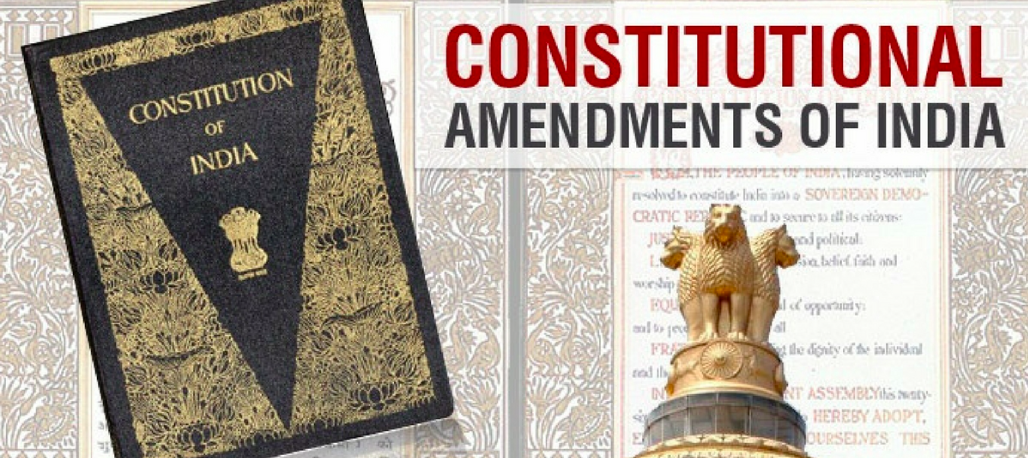Part XX of the Constitution contains Article 368, which deals with the power of parliament to amend the constitution and its procedures.
- It states that the Parliament may amend the Constitution by adding, changing, or repealing any provision in accordance with the procedure established for that purpose.
- However, the provisions that comprise the Constitution’s “basic structure” cannot be amended by Parliament. The Supreme Court ruled on this in the Kesavananda Bharati case in 1973.
- It allows for two types of amendments: amendments by a special majority of Parliament and amendments by a special majority of Parliament combined with ratification by a simple majority of half of the state legislatures.
- Certain provisions of the Constitution must be amended by a simple majority of each house present and voting. These amendments are not considered amendments under Article 368.

What exactly is a simple majority?
Outside the scope of Article 368, a simple majority of the two houses of Parliament can amend a number of provisions in the constitution
These provisions include:
- Formation of new states and alteration of areas, boundaries or names of existing states,
- Abolition or creation of the legislative councils in states,
- Usage of official language,
- Acquisition and revocation of citizenship
- The state and federal legislative elections,
- Administration of scheduled areas and scheduled tribes is included in the fifth schedule.
- Administration of tribal areas covered by the sixth schedule.
What exactly is a Special Majority?
Parliament can amend the constitution by passing a bill with a special majority under Article 368(2).
The two most important provisions that can be amended by a special majority are Fundamental Rights and Directive Principles of State Policy (DPSP). However, the amendments must be within the basic structure.
A special majority can amend all the provisions that do not require state ratification and fall directly under the purview of Article 368.
Special majority with consent of half of states:
- The provisions of the Constitution relating to the federal structure of the polity can only be amended by a special majority of the Parliament, as well as by a simple majority of half of the state legislatures.
- The election of the President, Supreme Court and High Courts, representation of states in Parliament, distribution of legislative powers between the Union and the states, and the extent of executive power of the Union and the states are all important provisions that must be ratified by the states.
- Most importantly, an amendment to Article 368 itself requires state ratification.
What are the Limitations on Parliament’s Amending Power?
- The supreme court ruled in the famous Kesavananda Bharati case of 1973 that while parliament has the authority to amend any provision of the constitution, it cannot change the “basic structure of the constitution.”
- The court has not clearly defined the constituents of basic structure. However, it has been interpreted to include provisions such as values enshrined in the preamble such as secularism, equality, and so on, federalism, separation of powers, independence judiciary, rule of law, and so on.
Other related articles:
THE INDIAN CONSTITUTION IS FEDERAL IN FORM BUT UNITARY IN SPIRIT


